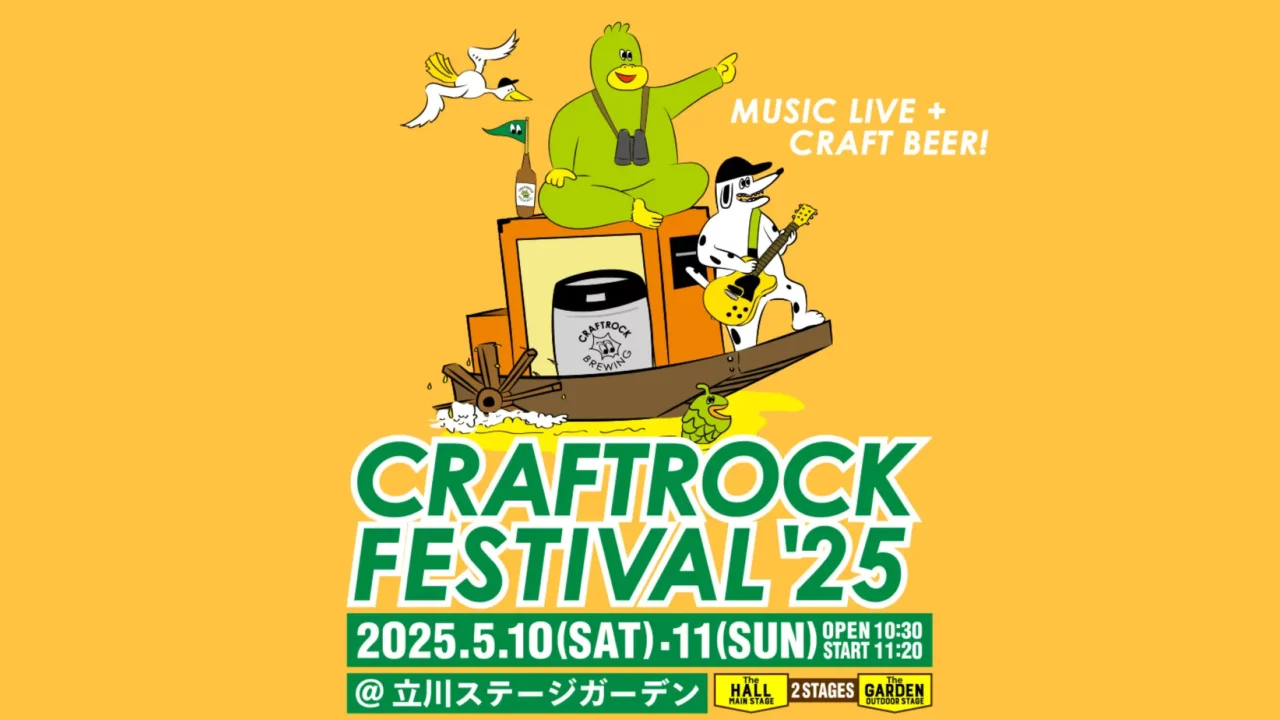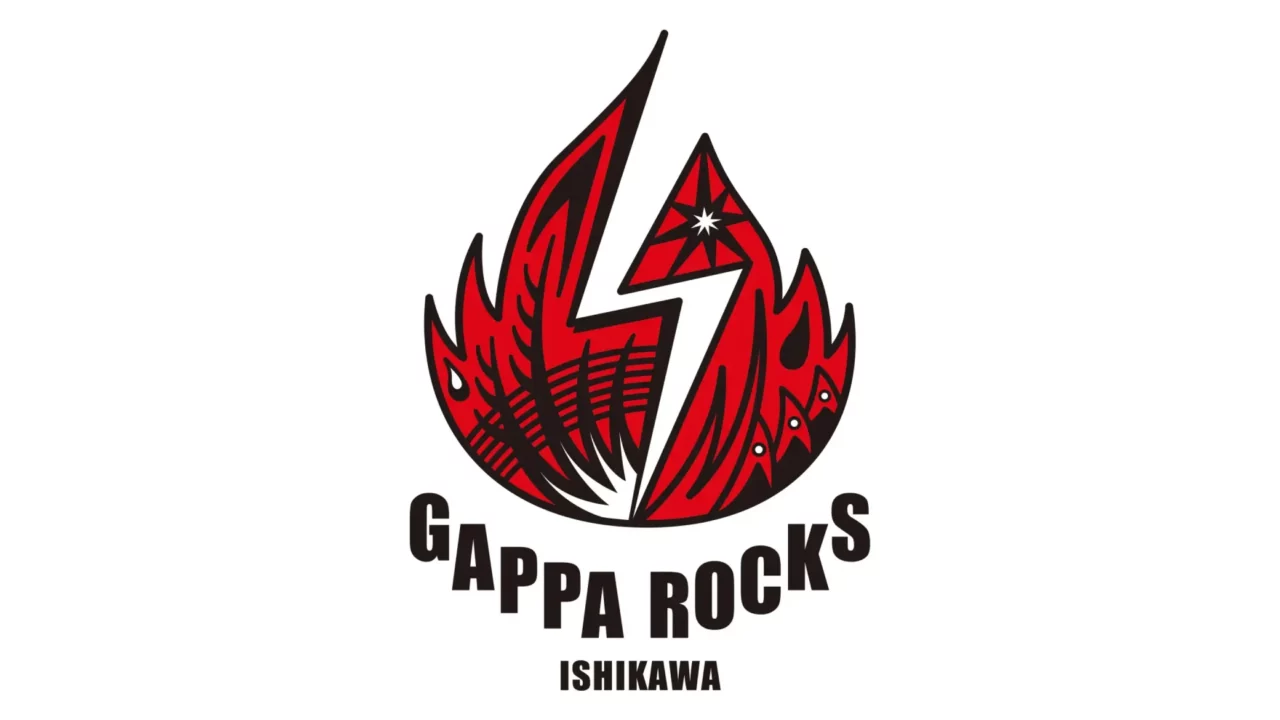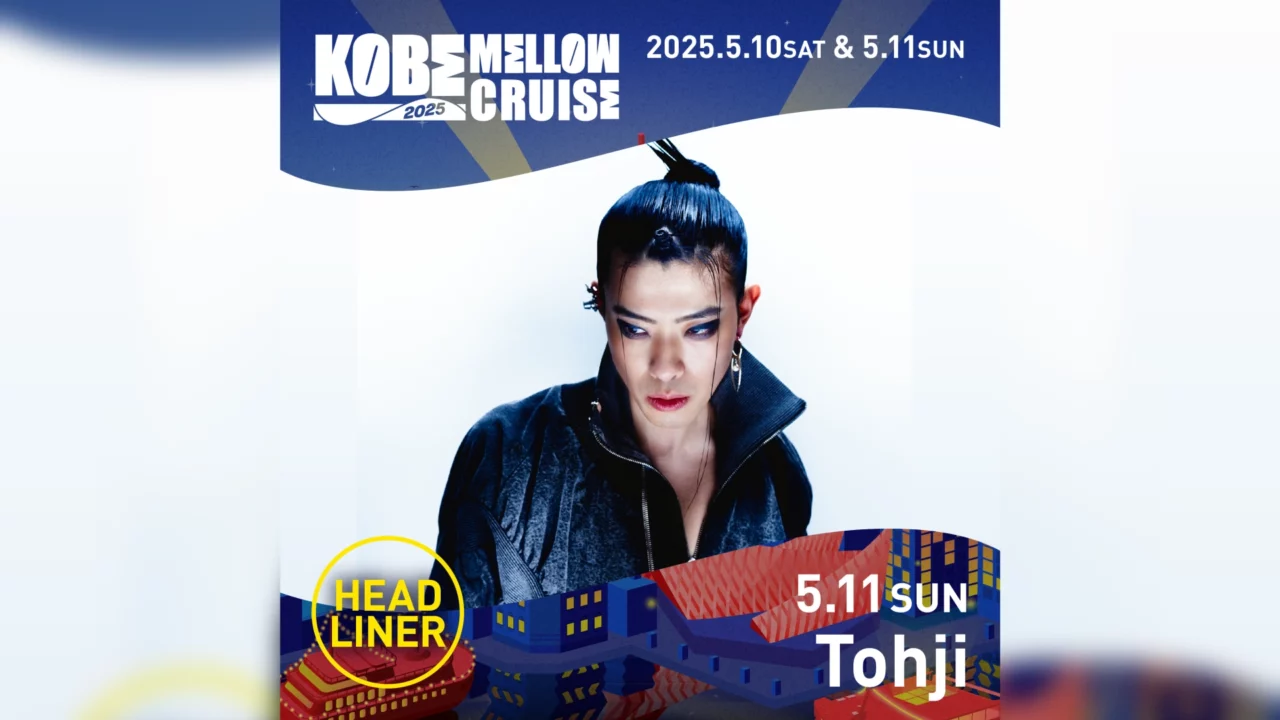In recent years, there may have been no other film that sparked as much controversy and praise as “Oppenheimer.”
This film brought director Christopher Nolan the honor of his first Academy Award for Best Picture. However, on the flip side, there are criticisms that are difficult to evade in line with contemporary values. While some of these criticisms are mentioned here, it’s true that this film may not necessarily be politically correct. But what exactly was Christopher Nolan trying to depict to the world as a filmmaker? This is what writer and manga scholar Hiroshi Odagiri discusses.
*This article contains descriptions related to the content of the film.
INDEX
INDEX
Scandals and Acclaim Surrounding ‘Oppenheimer’ Prior to Its Japanese Release
Christopher Nolan’s latest film ‘Oppenheimer’ won seven Academy Awards in 2023, including Best Picture and Best Director. The film, which was finally released in Japan on March 29, has been attracting renewed attention in the United States as well, with Robert Downey Jr.’s behavior at the awards ceremony, for which he won the Best Supporting Actor award, being called racist (Note 1), becoming a topic of conversation on the Internet.
When the film was released in the U.S. in July 2023, fan art combining characters from the film and “Barbie,” which was released at the same time, spread mainly on social networking sites* and caused a firestorm, claiming that the film was “making fun of the atomic bomb damage” (Note 2). As a result, the film had no shortage of gossipy episodes.
*Editor’s Note: Warner Bros. Japan Co., Ltd., the distributor of the film “Barbie,” has stated that “#Barbenheimer” is “not official” and expressed regret over the reaction of the official account in response to some fan art. They commented, “We consider the response lacking in consideration from the official account of the U.S. headquarters to be extremely regrettable, and we take this situation seriously, demanding appropriate action from the U.S. headquarters.” ( open X ).

In Japan in particular, perhaps because of the sensitive subject matter of the film, “a biography of Robert Oppenheimer, the developer of the nuclear bombs dropped on Hiroshima and Nagasaki,” the film was not scheduled to be released at the time of the fire, and Universal Pictures, the distributor in the United States, and Toho, the main release window for the company’s films in Japan Towa, the main release window for the company’s films in Japan, were both reportedly not actively working on theatrical releases of the film (Note 3). In December, Bitters End, an independent distributor, announced that it would release the film in Japan (Note 4), and the March 2024 release date finally became a reality.
The fact that the world-acclaimed new film by director Nolan, who is highly popular and well-known in Japan for his “Dark Knight” trilogy featuring the comic book hero Batman, could not be seen in Japan, resulted in a net news-like interest in and of itself. For more than half a year now, this “phantom work” has been repeatedly mentioned in Japanese.
INDEX
The Overlooked Individuals behind the Acclaim in the United States
The special situation in which “a work may not be seen in theaters” has inevitably led to an emphasis on the claim and praise for the film’s success and value as a movie.
Although the film has certainly been well received, as can be seen from the “Academy Award” results, there is, in fact, a near-total rejection of the film in the U.S. – a rejection of the racial bias in the film by Asian Americans, not just those of Japanese descent. For example, the film is not only rejected by Asian Americans, but also by Japanese Americans.
For example, in an article titled “Who Did ‘Oppenheimer’ Erase” (Note 5), Olivia Cruz Maeda, a Japanese American journalist in San Francisco, wrote about the Japanese who actually suffered from the atomic bombing as well as the Native Americans who were forced to leave Los Alamos, where the research center was located, and return to the radioactive land after the nuclear tests. In the article titled “Who’s Who” (Note 5), the author pointed out that the existence of people who were actually affected by nuclear development, such as the Japanese who actually suffered from the atomic bombings, the Native Americans who were forced to leave Los Alamos, the site of the research center, and had to return to the radioactive land after the tests, and the residents of the Marshall Islands, the site of the US nuclear tests between 1946 and 1958, was hardly taken into account. The article also criticizes the white-centeredness of Hollywood films.
In addition, according to Han Yoon-ji, a writer for the web media “Business Insider,” female, Asian, and African researchers participated in the real-life “Manhattan Project,” but their presence itself is erased from the screen in this film (Notes 6 and 7).

I had never thought about it before reading these reactions in the U.S., but in a multi-racial society like the U.S., where racial issues such as “Black Lives Matter” and “Asian Hate” have become more and more serious, I was surprised to see how much the British director Christopher Nolan has succeeded in portraying on the screen in this film. The unacknowledged ethnocentrism* that Christopher Nolan depicts on the screen in this film seems to be a more serious problem than “the lack of concrete depictions of the damage caused by Hiroshima and Nagasaki”.
Ethnocentrism is a viewpoint that judges the superiority or inferiority of other cultures based on the culture and values of the group to which one belongs.























